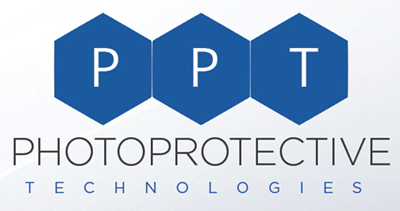Photoprotective Technologies, Inc. has established itself worldwide as a leader in blue-light filtration. Through research and numerous patents in melanin light filtration technology, the company has made an impressive impact on the development of sunglass lenses that protect and enhance vision through blue-light filtration with melanin. For over thirty years, it has continued to lead the vision industry by developing technologies and patents for melanin and melanin-like pigments that offer natural protection to the skin and eyes.

|
| Since 1989, Photoprotective Technologies, Inc. has developed the patents and technologies to synthesize and chemically modify melanin so that it can be incorporated into various skin care products and optical quality plastic lenses.
|
|
|
|
|